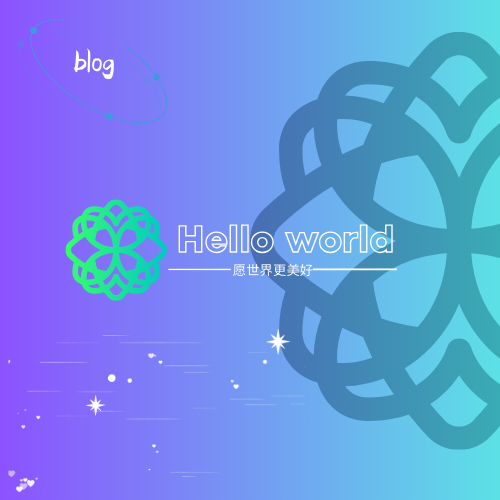一、概述 Kotlin Multiplatform (KMP) 是 JetBrains 提供的跨平台开发方案,核心思想是逻辑层代码共享,UI 层保持原生 。在 KMP 中,网络层通常使用 Ktor ,这是一个由 JetBrains 开发的异步网络框架,天然支持多平台(Android、iOS、Desktop、Web)。
KMP + Ktor 的组合,能让我们用一套代码实现跨平台的网络请求逻辑。
二、Ktor 特性
跨平台支持 :Android 使用 OkHttp,iOS 使用 NSURLSession,桌面和 Web 也有各自实现。异步非阻塞 :基于协程,性能高。模块化插件 :支持 JSON 序列化、认证、日志、WebSocket 等。客户端与服务端统一 :既能写客户端 SDK,也能写后端服务。
三、项目结构 KMP 项目典型结构:
1 2 3 4 5 shared/ ├── commonMain/ # 共享逻辑 (Ktor 请求、Repository、UseCase) ├── androidMain/ # Android 平台特定实现 ├── iosMain/ # iOS 平台特定实现 └── ...
在 commonMain 中编写网络请求逻辑,Android 与 iOS 会自动调用对应平台实现。
四、依赖配置 在 shared/build.gradle.kts 中添加:
1 2 3 4 5 6 7 8 9 10 11 12 13 14 15 16 17 18 19 20 21 22 23 24 25 26 kotlin { android() iosX64() iosArm64() iosSimulatorArm64() sourceSets { val commonMain by getting { dependencies { implementation("io.ktor:ktor-client-core:3.0.0" ) implementation("io.ktor:ktor-client-content-negotiation:3.0.0" ) implementation("io.ktor:ktor-serialization-kotlinx-json:3.0.0" ) } } val androidMain by getting { dependencies { implementation("io.ktor:ktor-client-okhttp:3.0.0" ) } } val iosMain by creating { dependencies { implementation("io.ktor:ktor-client-darwin:3.0.0" ) } } } }
五、代码示例 1. 数据模型 1 2 3 4 import kotlinx.serialization.Serializable@Serializable data class User (val id: Int , val name: String)
2. HttpClient 初始化 1 2 3 4 5 6 7 8 9 import io.ktor.client.*import io.ktor.client.plugins.contentnegotiation.*import io.ktor.serialization.kotlinx.json.*val httpClient = HttpClient { install(ContentNegotiation) { json() } }
3. 封装请求逻辑 1 2 3 4 5 6 import io.ktor.client.call.*import io.ktor.client.request.*suspend fun fetchUser (userId: Int ) return httpClient.get ("https://api.example.com/users/$userId " ).body() }
4. Repository 层 1 2 3 class UserRepository { suspend fun getUser (userId: Int ) }
5. ViewModel 层 (使用协程) 1 2 3 4 5 6 7 8 9 10 11 import kotlinx.coroutines.flow.MutableStateFlowimport kotlinx.coroutines.flow.StateFlowclass UserViewModel (private val repository: UserRepository) { private val _user = MutableStateFlow<User?>(null ) val user: StateFlow<User?> = _user suspend fun loadUser (id: Int ) _user.value = repository.getUser(id) } }
六、平台调用 Android (Jetpack Compose) 1 2 3 4 5 6 7 8 9 10 11 12 13 class MainActivity : ComponentActivity () { private val viewModel = UserViewModel(UserRepository()) override fun onCreate (savedInstanceState: Bundle ?) super .onCreate(savedInstanceState) setContent { val user by viewModel.user.collectAsState() LaunchedEffect(Unit ) { viewModel.loadUser(123 ) } Text(text = user?.name ?: "Loading..." ) } } }
iOS (Swift) 1 2 3 4 5 6 7 8 9 10 11 12 13 14 15 16 import SwiftUIimport sharedstruct ContentView : View { var body: some View { Text ("Hello, World!" ) .task { do { let user = try await UserRepository ().getUser(userId: 123 ) print (user.name) } catch { print ("Error: \(error) " ) } } } }
七、进阶用法
拦截器 :日志、鉴权 Header 注入WebSocket :即时通讯、推送多环境配置 :BaseUrl 根据平台/构建类型切换与 SQLDelight 集成 :实现离线缓存(Network + Local)
八、架构推荐 典型的 KMP + Ktor 数据层架构:
1 2 3 4 5 6 7 View (Compose / SwiftUI) ↓ ViewModel (StateFlow + 协程) ↓ Repository (调用 API + 数据库) ↓ Ktor HttpClient (跨平台)
九、总结
KMP 提供跨平台逻辑共享能力 Ktor 作为跨平台网络框架 ,是数据层的核心实现Android/iOS 都能直接调用,无需写两套请求逻辑
推荐搭配:Ktor + kotlinx.serialization + SQLDelight + Koin,形成完整的数据层解决方案










